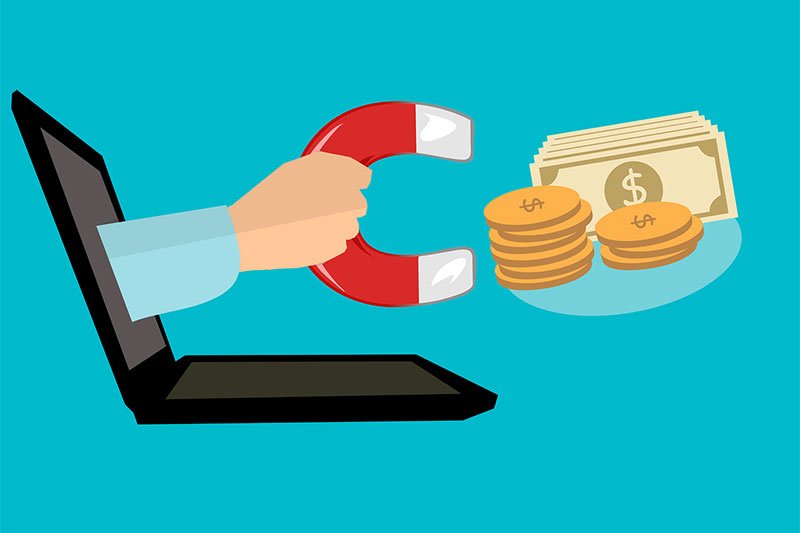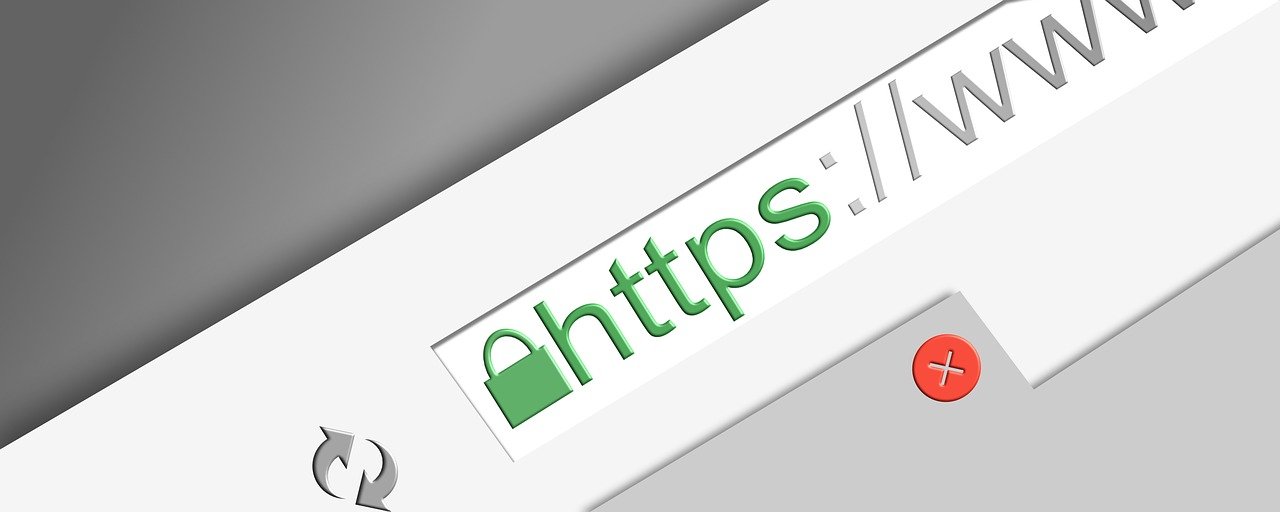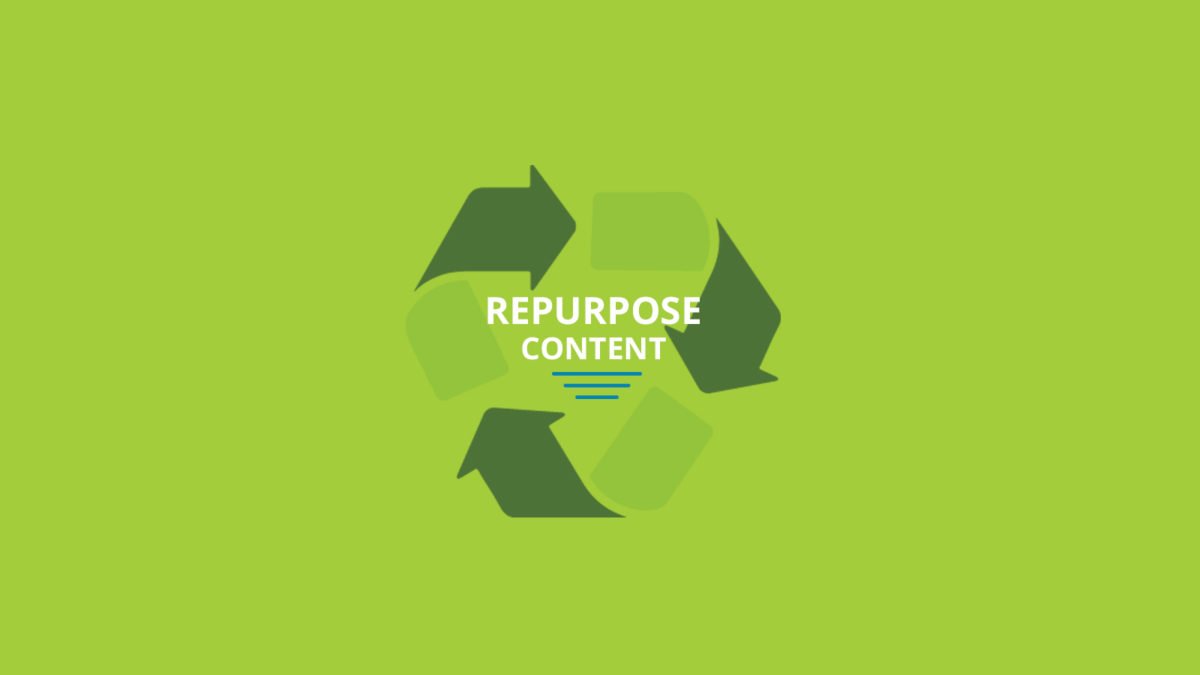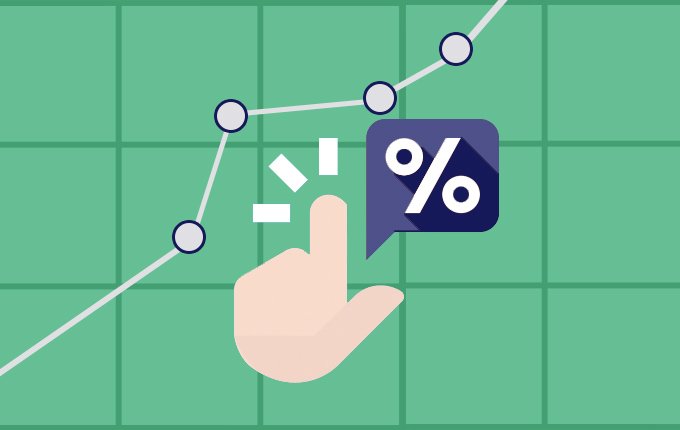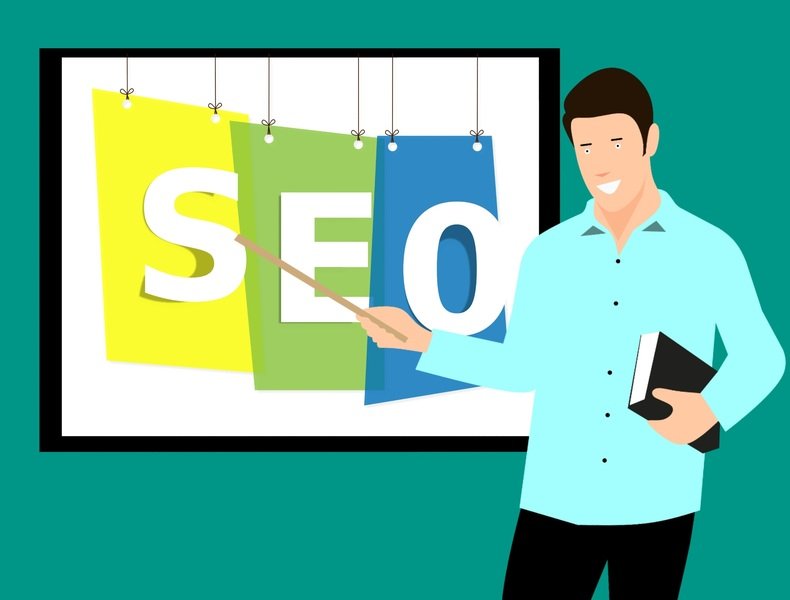
While going through most of the problems that the marketers face, one thing that we have got to know is the challenges with the rankings. The reason why they might face these problems is that they are not implementing the right SEO practices. To get the higher rankings, SEO experts sometimes underrate some of the important practices that actually matter for the rankings.
Here we have come up with the 12 best SEO practices that everyone should follow in order to get the best rankings. Make sure that you are implementing these tips and practices so that you get better rankings. Although it is not important that all of these techniques will work, as the SEO techniques are dependent on the industries you wish to opt for.
1. Make use of HTTPS
You might be knowing about the HTTP and the HTTPs both as two things. With a single s in the end, you get enhanced security by encrypting the information sent between the visitor and the serve. Since 2014, HTTPs has been one of the important ranking signals. You can easily get to know if you are using the HTTPs with the help of the locking sign presence in the address bar. In case if you are not having this, then you have to install the SSL certificate
2. Fast loading of the page
As per the stats found, people do not like to stay on a page that takes a longer time to load. After mobile friendly websites became popular, it has become an important ranking factor. You can get to know about the speed of your page with tools like Google’s page speed insights tool. With this tool, you get improvement advice. Google search console will help you also for checking the speed and gives the complete report about the page speed. Take the help of any PPC Specialist whose prime concern remains to increase the website speed before running Google Ads.
3. Target a topic with search traffic potential
Make sure that you choose the right keywords for which you wish to get ranked. Do not waste time in the words that are not used by anyone to get ranked.
4. Match the search intent
This is one of the major ranking factors as per the latest google algorithm. Focus more on the user search intent. Understand what is the kind of content that people are looking to buy your services.
5. Target the topic in the wheelhouse
Most competitive keywords can be much difficult to rank as the powerful brands are overruling them. This is why you have to use the keywords in your wheelhouse.
6. Use target keywords in 3 place
Using the target keyword in the title tag, meta description, and the URL is a must to get the higher rankings in the SERP. Make sure that you insert it properly and in a natural manner rather than compulsive stuffing.
7. Use a short and descriptive URL
Google loves the short URLs. This is because of the reason that the large URL might intimidate the searchers. You must deal with your Ugly URL and fix how it can be shortened.
8. Compelling title tag and meta description
SEO is not only about optimizing but also about attracting the clicks. This is why you have to write the attractive and enticing title tags and meta descriptions as this gives you the right and required sales pitch.
9. Optimize images
When you compress the images, the pages get loaded faster and thus, your SEO is optimized. Also, you can get ranked for the long-tail keywords. Add the alt tags and use the descriptive filenames so that you get the higher rankings.
10. Write thorough content
It is good to rank for a single keyword but to get rank for the more queries you have to make your content more thorough. The length of the content does not matter, but it is the relevancy to the subtopics that the people are searching for.
11. Internal links from relevant pages
These are the links from the pages on your website to another. With this, you get a higher PageRank. PR is the major factor of the Google rankings algorithms and is still considered a factor.
12. More backlinks
When we talk of SEO, you all know that backlinks are the foundation of the Google ranking algorithm. There has been a correlation between the organic traffic ad number of websites linking to a page.
These SEO practices help you to rank high in the SERP. Make sure that you are using these tips for your SEO practices. Along with this, focus on the content quality and the other well known important factors for the high rankings.
Source: IMC Grupo











